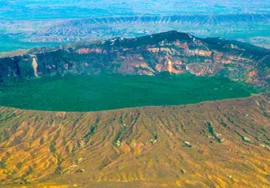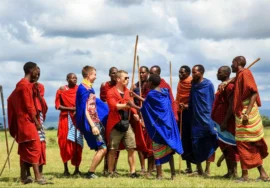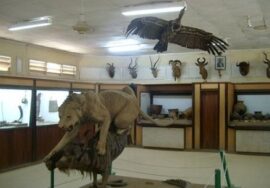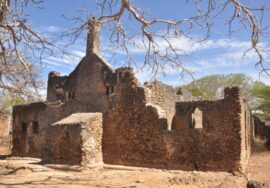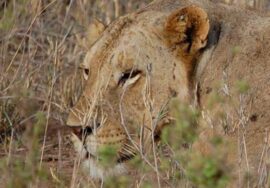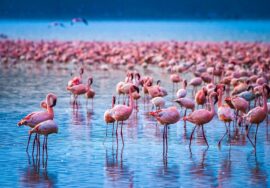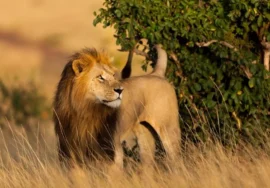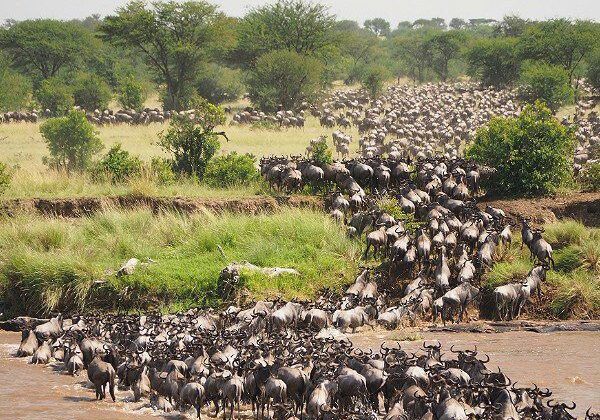
The Great Migration
How Nature’s Wonders Can Be Confusing
While I was in the Masai Mara, I saw a group of wildebeest grazing happily on the new grass that had grown where something had been burned. I was curious about why the group we were watching was still in the area since the migration had already happened a few months before. Our guide told us that this specific herd hadn’t moved in two years. At the time, it opened my eyes, but I’ve since learned that things aren’t always what they seem to be in the woods.
So that’s the confusion. That’s the great movement. I was amazed at how nature keeps throwing us curveballs when we think we know what’s going on. People used to think that the herds met and had babies on the southern fields of the Serengeti. After giving birth, they moved north through the western corridor and into the Masai Mara. When it rained, they went back south again. It’s not that easy, though!
This is how the Great Migration works:
One thing that is certain about the Great Migration is that the females will give birth on the southern fields of the Serengeti before going north to the Masai Mara. However, the exact time they leave and arrive is impossible to guess because it depends on the seasons.
We choose the seasons, and when things don’t go our way, we call them “delayed,” “slow moving,” or “late.” Where the herds are at any given time is determined by the rain. The animals move back and forth based on where the rain has fallen. In fact, the groups have been known to go back to water and food when things aren’t going well.
Despite the fact that the movement has been studied over and over again, there is still a lot to learn about it.
For travelers who want to know when to go to see the migration best, the herds will generally be on the southern plains of the Serengeti from late November to March or April, where they give birth. After giving birth, the herds will move up the Serengeti’s Western Corridor before crossing into the Masai Mara in late July. For a few months, they will move across the Masai Mara. In November, they will go back south.
As we already said, these seasons can change by up to a month, which means that forecasts can’t be made. Even so, it’s important to note that the migration isn’t the only thing that draws people to the Serengeti and Masai Mara. Both parks are famous for their wildlife, not just the big groups. In fact, a lot of people who live and work in these parks think that the movement takes their attention away from the real highlights of each area.


